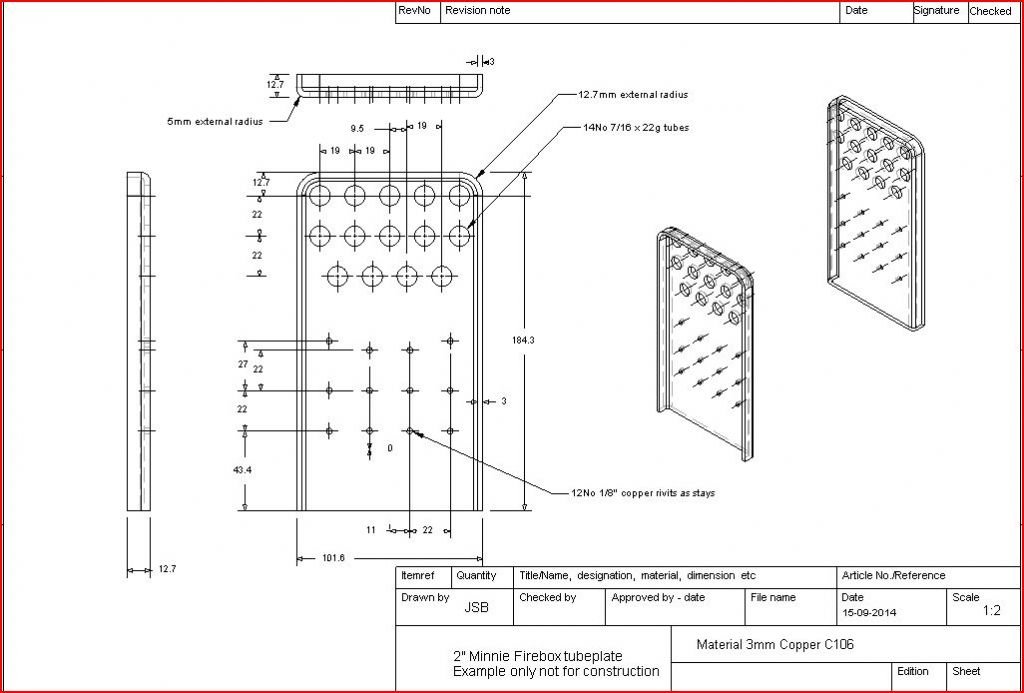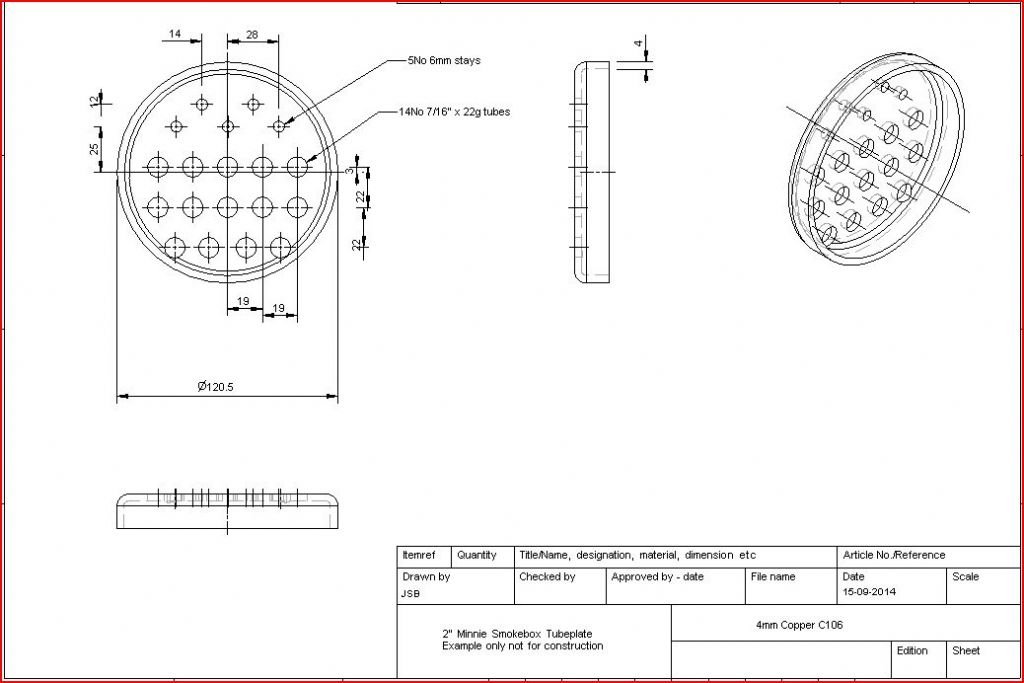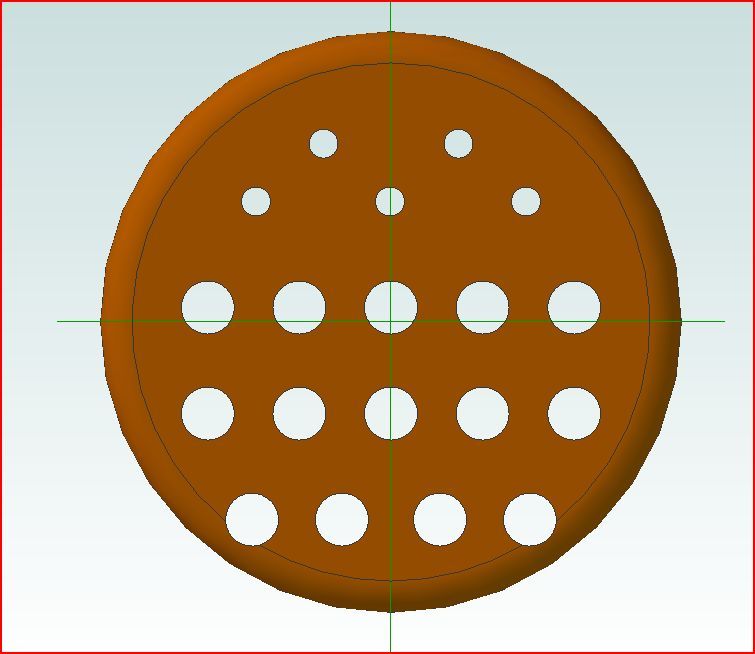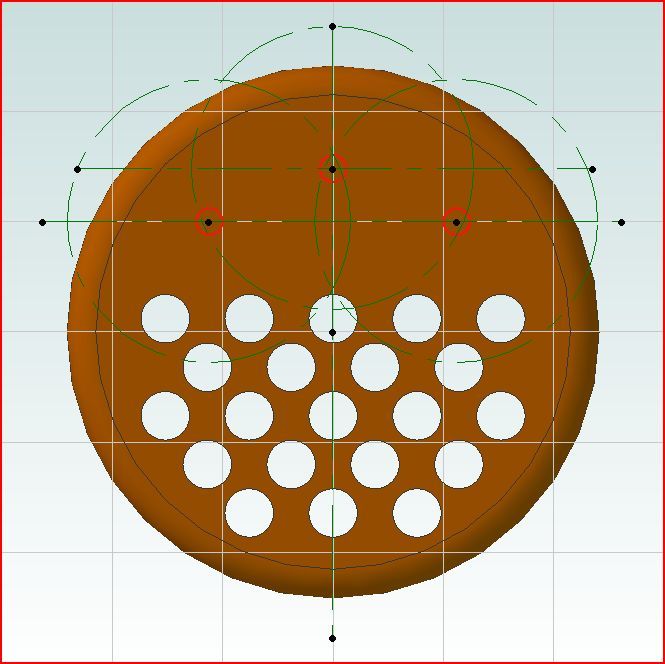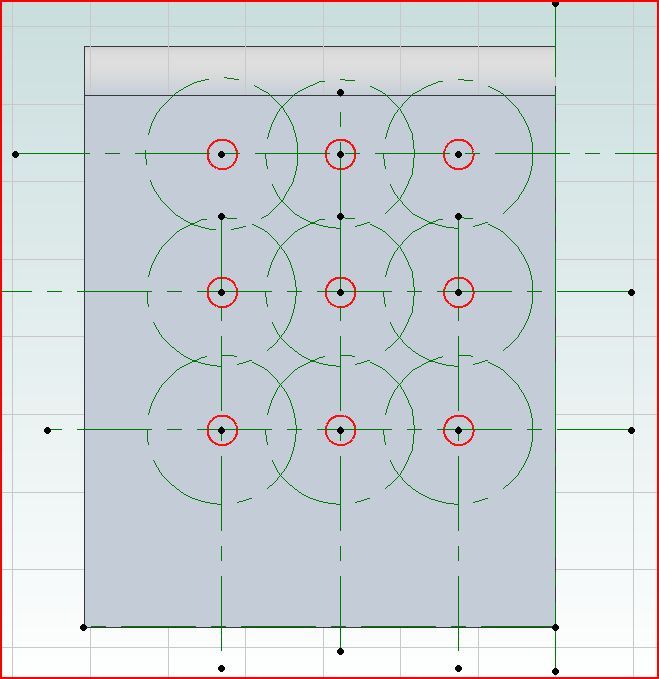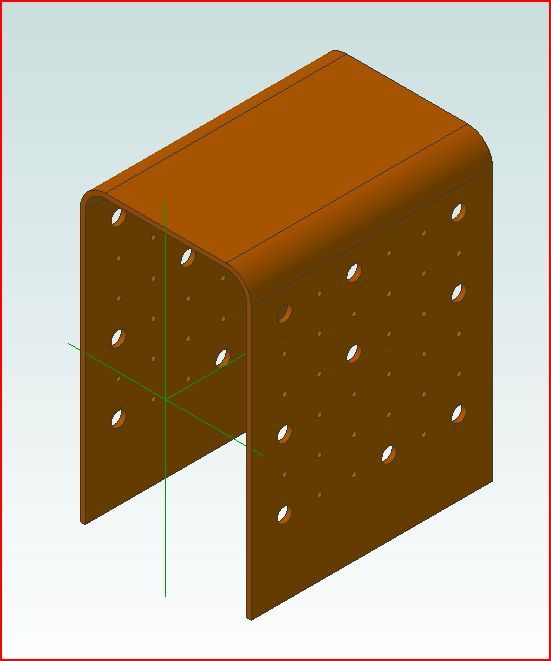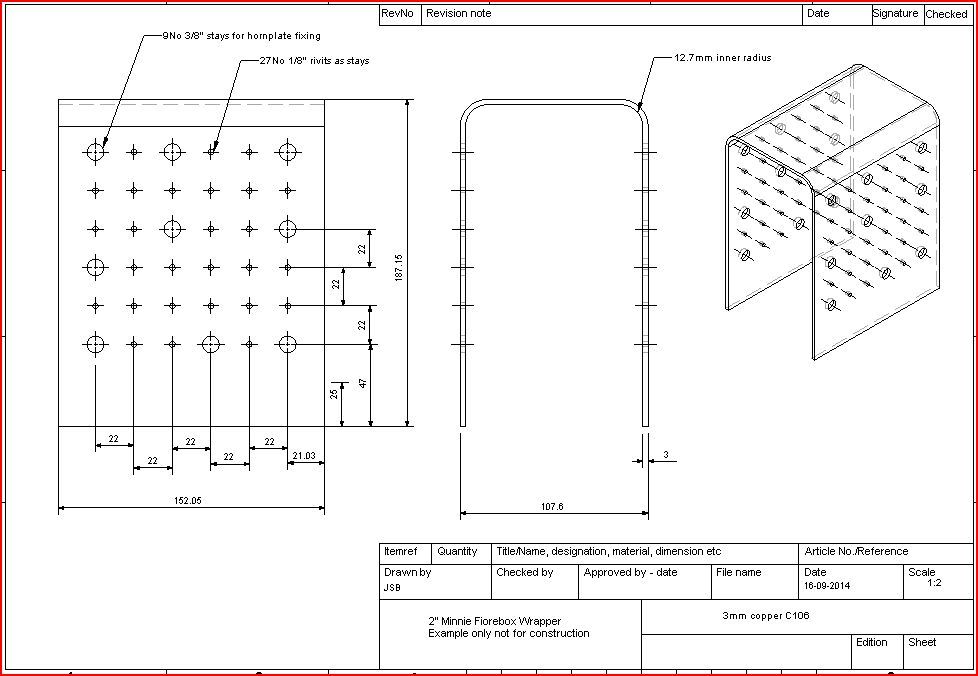Firstly regarding TT, unless the member has it set to send an e-mail notification of PMs the only way they will see the meaasge is if they visit the site so the first person sounds like they don't visit often and certainly not recently, the other may not have seen the mesage. Do you know if they have actually been read or are they still sitting in your outbox? Also not everyone will bother to reply to a message.
I also have no engineering background apart from school metalwork, I picked up what I know by reading and asking.
Now back to the boiler. Firstly anything that is said on this forum or elsewhere will only be as a guide whoever is signing off the boiler will have the final say, obviously not helped with your inspectors illness but hopefully we can get you to provide the right info to make his job easier.
You originally asked if your drawings were adequate and I tried to put it nicely but they simply are not adequate. They don't need to be technically correct to whatever the BS is for drawings but they do need to show the right info. They could be hand drawn on paper (squared helps) , plain paper with drawing board & tee square or generated on a computer.
As I said above you need to show such things as sizes of the overall part, thickness of material, radius of bends, spacing of tubes and stays as well as their sizes. These should be backed up by some calculations.
You were asking about the smokebox tubeplate but the drawing you have in your album is actually of the former to bend the sheet over so again does not give adequate info. The colour may be helpful to you but you are trying to show a third party how the boiler will be constructed so best try to keep it to basic black on white and looking much teh same as teh actual 1" drawings.
If I were looking to be showing a design for approval the drawing would look something like this. I have used the 14No 7/16" tubes you said were suggested in an earlier post, 3mm plate as the nearest available and put what look right stay wise. I don't have the time to calculate it all out so take this as an example not to be used for construction. Click for a larger image, you don't need the 3D images but they can help. It look slike you prefer metric so I have tried to use "whole" metric dimensions where possible but things like the overall size are based on imperial.

You can hopefully see that I have (hopefully) included all the items that will allow the inspector to see how the plate will be formed, what from, how many tubes and stays as well as their sizes and positions.
Thats enough for now will post a bit more later.
J
Edited By JasonB on 15/09/2014 17:11:46
 JasonB.
JasonB.

